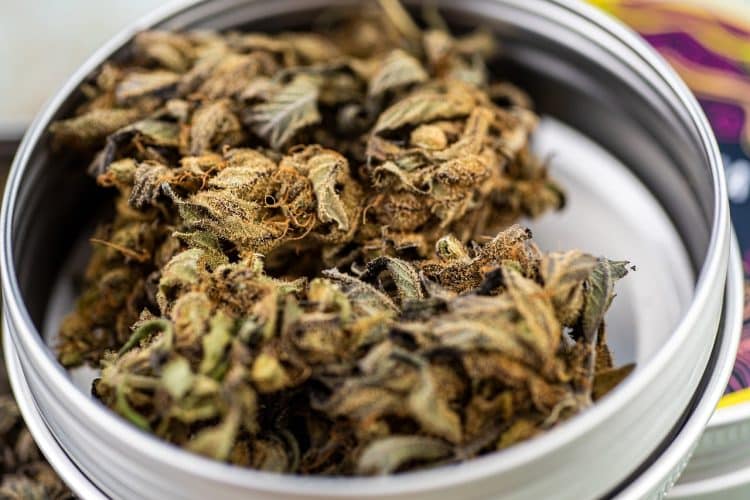Cannabidiol (CBD) is the major non-intoxicating constituent of cannabis plants. Because of its broad-spectrum, health-promoting properties and safe pharmacological profile, CBD is commonly added to food supplements, cosmetics, and vaping cartridges, in addition to being sold as prescription medicine.
Depending on the specific regulations, hemp-derived products are considered legal if the levels of intoxicatingΔ9-tetrahydrocannabinol (9-THC) are under a certain percentage. The safety and regulatory concerns that have arisen regarding the possibility of in vivo / in vitro conversion of CBD into other cannabinoids or metabolites are still debated in the scientific community. Many studies reported the conversion of CBD intoΔ9-THC, Δ8-THC and other psychoactive isomers, including Δ7-THC, Δ10-THC, Δ11-THC and iso-THC, upon treatment with heat and strong acids such as hydrochloric acid, sulfuric acid, or p-toluenesulfonic acid. [1] These conversions can also occur in vitro upon treatment with artificial gastric juice for incubation. Moreover, 9-THC and its metabolites, 11-hydroxy-THC or 11-COOH-THC, have been detected in the whole blood of rats several hours after an oral administration of CBD in high dosage range (50 mg/kg).
Improper storage conditions have been shown to be a possible trigger for the formation of intoxicating compounds from CBD. As mentioned above, in acidic environments, CBD can convert to 9-THC, but also basic conditions can lead to the isomerization of CBD toΔ6-CBD, a compound that has been shown to possess THC-like effects. In addition to the pH of the CBD-derivatives, daylight, room temperature, and oxygen presence increase the conversion rates of CBD. It was postulated that the decomposition of CBD starts with the cyclization to 9-THC, which, in turn, degrades to the mildly intoxicating oxidation by-product cannabinol (CBN). Even if CBD appeared more stable than 9-THC, the storage of CBD products should be carefully monitored and improper or long-term storage should be avoided or controlled using shelf-life tests to limit any chance of CBD conversion. More studies are needed to find compounds or optimal storage conditions that can prevent or slow down CBD degradation.
Detection methods involving the use of heat like gas chromatography/mass spectrometry (GC/MS) can form artifacts through thermal reactions. Interestingly, almost all in vivo scientific studies reporting the detection of 9-THC after CBD administration used GC/MS analytical techniques. In other studies using other analytical techniques, THC derivatives or psychoactive metabolites have never been detected in blood or brain tissues. Because of the similarity of the molecules, there’s a good chance of overlapping peak signals because of similar retention time on high-performance liquid chromatography (HPLC) as well as similar fragmentation patterns with MS. Only high resolution and efficient HPLC/MS methods can be used to unambiguously detect cannabinoids and related metabolites.
References:
[1] Golombek P. et al. Conversion of cannabidiol (CBD) into psychotropic cannabinoids including tetrahydrocannabinol (THC): A controversy in the scientific literature. Toxics. 2020;8(2):41. doi: 10.3390/toxics8020041. PMID: 32503116; PMCID: PMC7357058. [times cited = 10; journal impact factor = 3.531]
Image: https://pixabay.com/photos/cannabis-marijuana-plant-cbd-macro-6693693/












